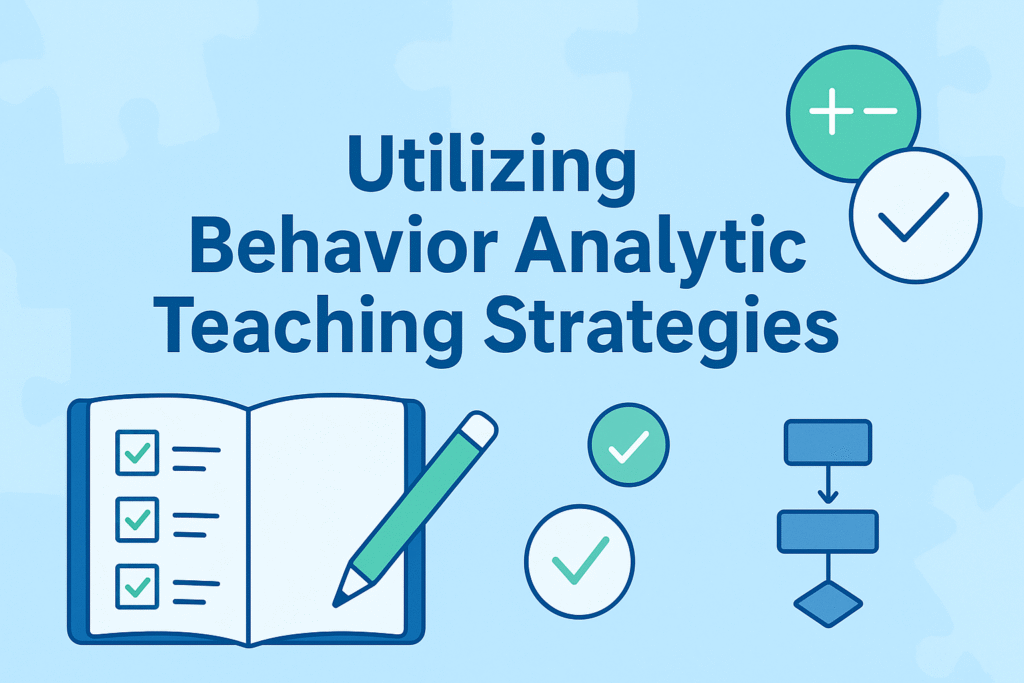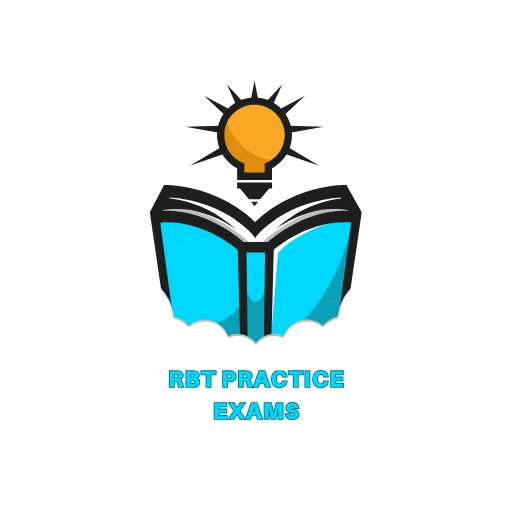When preparing for the RBT exam or working directly with learners, one of the most valuable skills you can develop is utilizing behavior analytic teaching strategies. These strategies, grounded in the science of Applied Behavior Analysis (ABA), provide practical methods for teaching new skills, shaping positive behaviors, and helping individuals succeed in everyday life. Whether you are just starting your ABA journey or refreshing your knowledge, understanding how to apply these strategies effectively is key.
Table of Contents

What Are Behavior Analytic Teaching Strategies?
Behavior analytic teaching strategies are structured methods based on the principles of Applied Behavior Analysis (ABA ). They are designed to increase desirable behaviors, teach new skills, and reduce behaviors that interfere with learning.
Some of the most common strategies include:
Reinforcement – rewarding desired behaviors to encourage them.
Prompting and fading – guiding learners through steps until they can perform independently.
Shaping – reinforcing gradual progress toward a skill.
Task analysis and chaining – breaking complex skills into smaller steps.
Generalization – teaching skills across settings, people, and materials.
These strategies are not only central to ABA therapy but also frequently assessed in the RBT practice exam.
Why Is Utilizing Behavior Analytic Teaching Strategies Important?
Promotes independence – Learners build real-world skills.
Improves outcomes – Structured teaching leads to measurable progress.
Supports exam readiness – RBT candidates must demonstrate these strategies.
Backed by science – The BACB requires RBTs to show competence in these methods.
Key Behavior Analytic Teaching Strategies (With Examples)
- Reinforcement
Reinforcement increases the likelihood of a behavior happening again.
Example: If a learner completes a math problem, they earn a sticker. Over time, the behavior of solving math problems strengthens.
Tip for RBT prep: Be ready to identify positive reinforcement (adding something pleasant) vs negative reinforcement (removing something unpleasant).
- Prompting and Fading
Prompts guide learners toward the correct response. Fading gradually reduces the prompts until independence is achieved.
Example: Teaching shoe tying with hand-over-hand guidance, then moving to verbal prompts, and eventually no prompts.
PAA style Q: What is prompt fading in ABA? Prompt fading is the process of reducing the level of support provided until the learner can perform a skill independently.
- Shaping
Shaping involves reinforcing closer and closer approximations of the desired behavior.
Example: Teaching a child to say “water” by first reinforcing “wa,” then “wata,” until they say the full word.
- Task Analysis and Chaining
Complex skills are broken into smaller steps (task analysis), which can be taught one at a time (chaining).
Example: Washing hands: turn on faucet → wet hands → apply soap → scrub → rinse → dry.
RBT practice test focus: Know forward chaining, backward chaining, and total task presentation.
- Generalization
Generalization ensures a skill is not just learned in one setting but applies across environments, people, and situations.
Example: A learner who practices greetings in therapy also uses them at school and home.
How to Apply These Strategies During RBT Exam Prep?
Studying is not just about memorization. You can actually apply these same strategies to prepare for your rbt mock test or rbt practice exam.
Use reinforcement: Reward yourself for completing study goals.
Break tasks down: Tackle exam domains in smaller chunks.
Practice with prompts: Use flashcards or guided questions, then reduce prompts as you master the material.
Shape progress: Start with easy questions and build toward complex scenarios.
Generalize learning: Apply your study skills to different mock tests and real-world ABA examples.
Common Mistakes to Avoid
Relying too heavily on prompts without fading.
Using reinforcement inconsistently.
Skipping generalization, leading to “rote” learning.
Not breaking complex skills into manageable steps.
Avoiding these mistakes ensures stronger ABA practice and better RBT exam performance.
FAQs About Utilizing Behavior Analytic Teaching Strategies
Q1: What is the most important behavior analytic teaching strategy? There is no single “most important,” but reinforcement is the foundation of all ABA strategies.
Q2: How do these strategies relate to the RBT exam? Every RBT candidate must demonstrate knowledge of reinforcement, prompting, shaping, chaining, and generalization on the rbt practice test and in supervised fieldwork.
Q3: Can these strategies be used outside of therapy sessions? Yes, parents, teachers, and caregivers can use them at home, in school, and in community settings to support learning.
Q4: How do I practice these strategies for the exam? By using an rbt mock test, you can see how ABA principles are applied in exam-style scenarios.
Conclusion
Utilizing behavior analytic teaching strategies is not only essential for effective ABA therapy but also for success in the RBT exam. From reinforcement to generalization, these methods provide structured ways to teach, learn, and grow. If you are preparing for certification, the best way to strengthen your skills is through practice.
Start your journey today with a free rbt practice exam, take a timed rbt practice test , or challenge yourself with an rbt mock test . Building confidence begins with the right strategies and now you know how to apply them.
